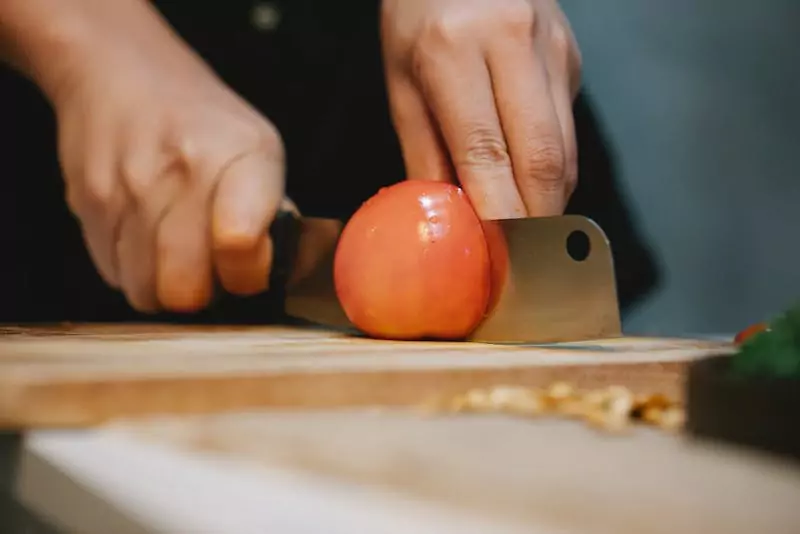Slice and Dice Like a Pro: Finding the Best Knife for Cutting Vegetables

Vegetables are an essential part of a healthy, balanced diet. They are rich in a variety of nutrients and can also protect against heart disease.
If you like to take part in cooking but regular kitchen knives just aren’t getting the job done, there are specialized options that can make slicing and dicing vegetables child’s play.
Keep reading to learn how to find the best knife for cutting vegetables that will work best for your personal style.
Understand Knife Types
Understanding different knife types is crucial when selecting the best knife for cutting vegetables. For example, a Chef’s knife is a versatile, all-purpose knife. These knives are versatile and suitable for a wide range of kitchen tasks. This includes chopping, slicing, dicing, and even mincing herbs and garlic. Chef’s knives are often considered the workhorse of the kitchen due to their all-purpose design.
Another knife type to consider is Cleavers. This type of knife varies in size, but a Damascus cleaver typically has a larger blade. Cleavers are known for their chopping power which makes it the best knife for cutting hard vegetables like butternut squash and melons.
A santoku knife which originates from Japan is shorter and has a flatter edge profile. They excel at making thin, uniform slices and are ideal for vegetables like cucumbers and carrots.
Paring knives are designed for detailed tasks such as peeling, trimming, and cutting small fruits and vegetables. They are great for removing blemishes and skin from produce.
Consider Knife Materials
Look for knives that are made with high-quality materials. Most blades are made of carbon steel or stainless steel. Stainless steel doesn’t rust and doesn’t need much upkeep. Carbon steel stays sharp longer but needs more care to keep it from rusting.
When choosing a knife material, you should think about the pros and cons, as well as your own tastes and how you like to take care of your knives. Others care more about how sharp and long-lasting the edge is, while others care more about how easy it is to clean.
Handle and Grip
Pay attention to the knife’s handle. It should feel comfortable and secure in your hand. Knives may have handles made of various materials, such as wood, plastic, or metal. Choose one that suits your grip and comfort preferences.
Blade Shape and Size
The blade shape and size should match your intended use. For most vegetable-cutting tasks, a chef’s knife or Santoku knife with a broad, slightly curved blade is a good choice. A smaller paring knife can be handy for more intricate work.
Weight and Balance
The weight and balance of the knife affect how it feels in your hand. Some people prefer a heavier knife for stability, while others prefer a lighter one for precision. Try different knives for kitchen to find what feels right for you.
Find the Best Knife for Cutting Vegetables
Choosing the best knife for cutting vegetables is crucial for achieving professional and precise results in the kitchen. By considering factors such as blade type, handle grip, and weight, you can find the perfect knife for your needs. Don’t hesitate to invest in a quality knife and elevate your cooking skills today. Happy slicing and dicing!
Is this article helpful? Keep reading our blog for more.

